Creating Your Authentic Viking Reenactment Kit: A Beginner's Guide
Are you fascinated by the Vikings and their legendary culture? Have you ever wanted to step back in time and experience what life was like during the Viking Age? If so, then you might be interested in Viking reenactment events and the kits that participants use to recreate the look and feel of this storied era.
Viking reenactment kits are sets of clothing, accessories, and equipment designed to replicate the appearance and lifestyle of Vikings during the 8th to the 11th centuries. These kits typically include items such as tunics, trousers, belts, boots, hats or helmets, cloaks, knives, pouches, bags, jewelry, swords, shields, spears, and axes, all made of materials such as wool, linen, leather, and metal. By assembling and using these kits, Viking reenactors aim to bring the past to life and to share their knowledge and passion for Viking history and culture with others.
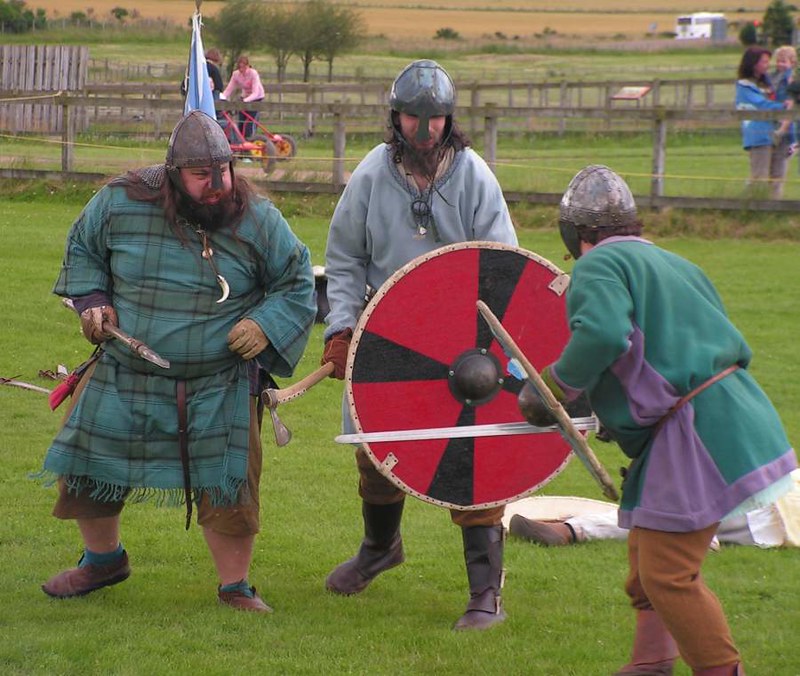
Viking reenactment activities have drawn hundreds of fans from all over the world in recent years due to their rising popularity. These occasions provide a special chance to experience Viking life, learn about their customs, traditions, and beliefs, and participate in a range of activities like feasts, crafts, and fights. The persistent legacy of this magnificent society and the enduring allure of its stories and myths are both evidenced by the growing interest in Viking history and culture.
In this article, we will take a closer look at the typical Viking reenactment kit for beginners, providing tips and insights on how to assemble your own kit and participate in Viking reenactment events. Whether you are a seasoned reenactor or a newcomer to the world of Vikings, we hope that this article will inspire you to explore this fascinating and dynamic culture and to discover new insights and perspectives on the past. So grab your horned helmet, sharpen your axe, and let's dive into the world of Viking reenactment!
Viking Clothing: The Key to a Successful Reenactment
One of the most important elements of a Viking reenactment kit is clothing. Vikings wore a variety of garments made from natural materials such as wool, linen, and leather, which were essential for protecting them from the harsh Nordic climate. For a beginner Viking reenactor, assembling a historically accurate Viking wardrobe can be a challenging but rewarding task.
Tunics are a staple of Viking clothing and come in various lengths and colors. The under-tunic is typically made of linen or wool and serves as a base layer. The over-tunic, which is worn on top of the under-tunic, is usually made of wool and is decorated with embroidery or other embellishments. Trousers, also made of wool or linen, were worn by both men and women and were often held up by a leather belt.
Footwear was also a crucial part of Viking clothing. Vikings wore boots made of leather or wool, which provided warmth and protection for their feet. A pair of leg wraps or hose made of wool or linen were also worn to keep the legs warm.
In Viking culture, clothing played a significant role in social status and identity. Wealthy Vikings wore clothes made of higher quality materials, such as fine wool or silk, and were often adorned with jewelry and other accessories. Clothing also served as a way to distinguish between different classes and genders, with women typically wearing longer tunics and men wearing shorter ones.
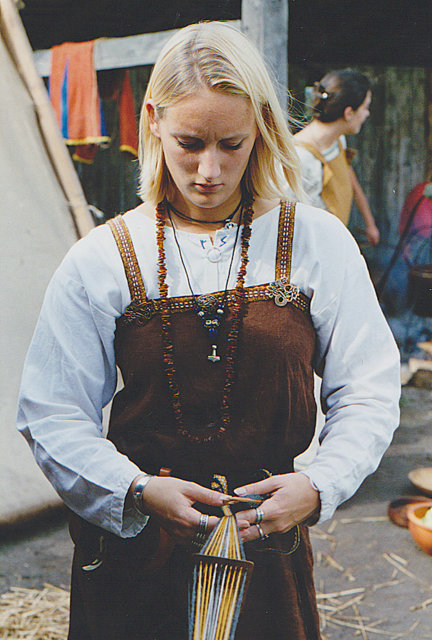
A successful Viking reenactment kit must include accurate and appropriate clothing. Vikings relied on clothing made of natural materials to survive in their harsh environment, and as a reenactor, you must aim to replicate this as closely as possible. With attention to detail and a commitment to authenticity, your Viking clothing will help you transport yourself and your audience back in time to the fascinating world of the Vikings.
The Finishing Touches: Accessories in a Viking Reenactment Kit
Accessories are the finishing touches that complete a Viking reenactment kit, adding authenticity and depth to the overall look. Accessories include items such as hats or helmets, cloaks, knives, pouches or bags, and jewelry.
Hats or helmets were essential for protecting the head and face during battles or harsh weather conditions. Viking helmets were typically made of iron or steel, and while the popular image of a Viking helmet often includes horns, there is no evidence that Vikings actually wore helmets with horns. Hats were also commonly worn, made of wool or felt, and often decorated with fur or feathers.
Cloaks were another important accessory, providing warmth and protection from the elements. Vikings wore cloaks made of wool or linen, often fastened with a brooch or a fibula. Brooches were used to fasten clothing, and were often decorated with intricate designs. Fibulae, similar to modern-day safety pins, were also used to fasten clothing and were made of materials such as bronze or silver.
Knives and other cutting tools were an essential part of Viking life, and Viking reenactors often carry replicas made of steel or iron. Pouches or bags were also used to carry items such as food or money, and were made of materials such as leather or wool.
Jewelry was another important accessory for Vikings and played a significant role in their culture. Arm rings, for example, were worn as a symbol of wealth and status, with the quality and material of the ring reflecting the wearer's social standing. Necklaces, brooches, and other pieces of jewelry were also worn and were often decorated with intricate designs and symbols.
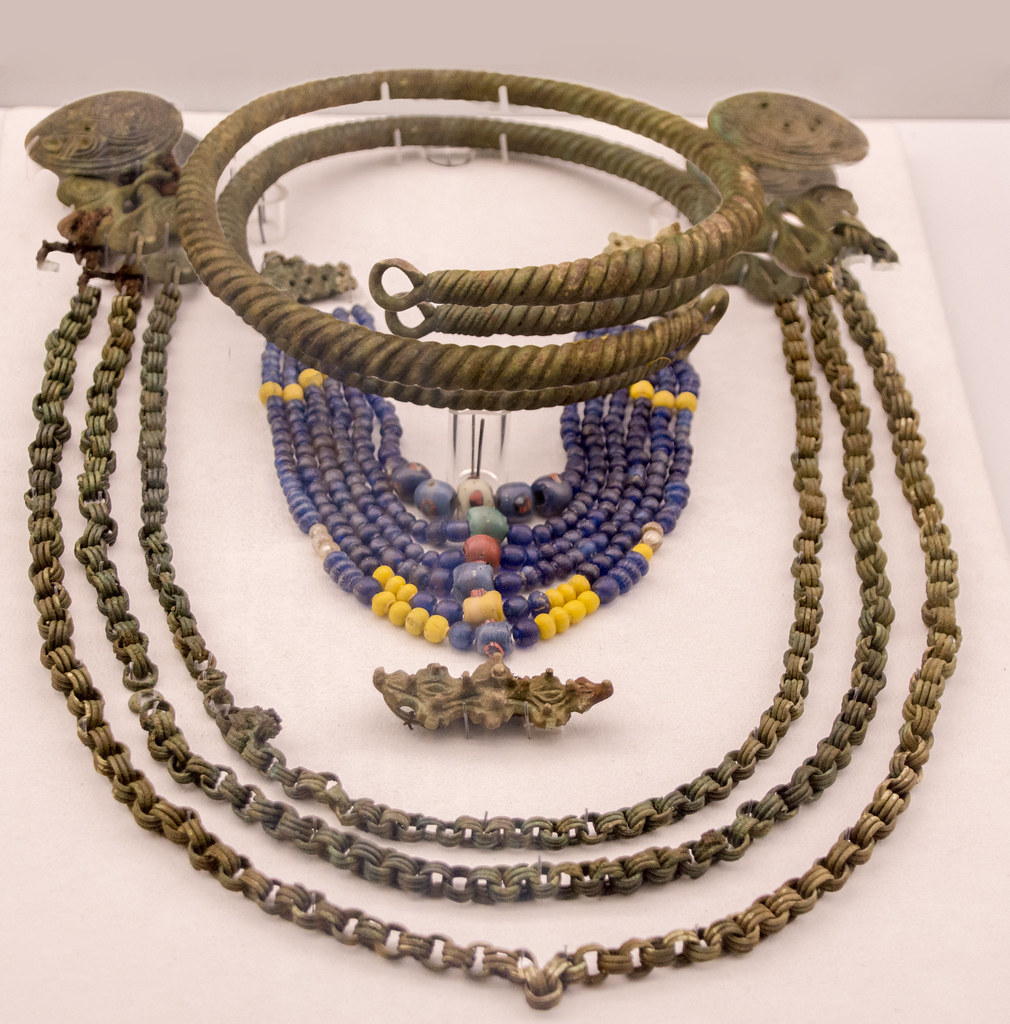
Accessories are an essential part of a Viking reenactment kit, adding depth and authenticity to the overall look. Each accessory has its own unique significance and history, reflecting the rich and fascinating culture of the Vikings. By carefully selecting and including these items in your kit, you can transport yourself and your audience back in time to the world of the Vikings.
Weapons of the Vikings: A Key Element of a Viking Reenactment Kit
Weapons were a crucial part of Viking culture, both for practical purposes and as symbols of power and status. As such, weapons are an important component of a Viking reenactment kit, helping to recreate the atmosphere and mindset of the Vikings.
The most iconic weapon of the Vikings is undoubtedly the sword. Viking swords were typically made of iron or steel and were often decorated with intricate designs. They were both practical weapons for use in battle and important status symbols, reflecting the wealth and power of their owners.
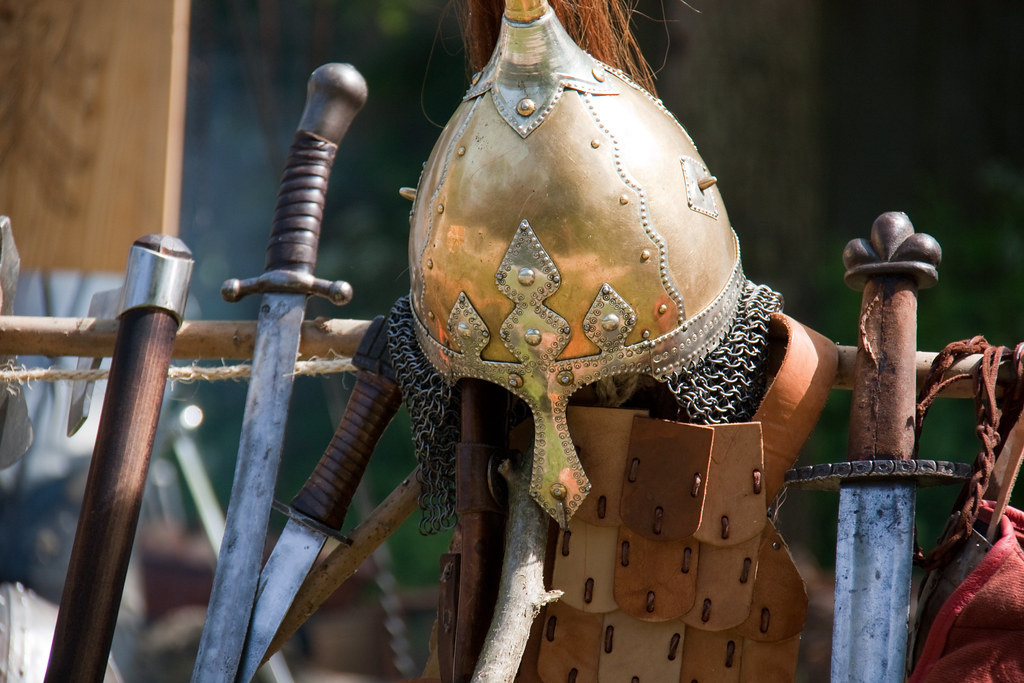
Shields were another essential weapon, providing protection for the warrior in battle. Viking shields were typically made of wood and were often decorated with intricate designs, reflecting the identity of their owner or clan.
Spear and axe were also frequently used weapons by the Vikings, with the axe being particularly popular due to its versatility and ease of use. Vikings often used axes for a range of tasks, from chopping wood to hand-to-hand combat.
It is important to note that safety precautions must be taken when using replica weapons in a reenactment event. While these weapons are not real, they can still cause serious harm if used improperly. It is essential to ensure that all participants are properly trained and that the weapons are in good condition and handled with care.
Weapons were a critical component of Viking culture, and their importance is reflected in the many replica weapons used in Viking reenactment events today. Whether it's a sword, shield, spear, or axe, each weapon has its own unique history and significance, making it an essential part of any Viking reenactment kit. By using these weapons safely and responsibly, we can recreate the exciting and fascinating world of the Vikings for modern audiences.
Putting It All Together: Tips for Assembling Your Viking Reenactment Kit
After looking at the many parts of a Viking reenactment kit, let's talk about how to put it all together. Here are some tips for putting together a Viking reenactment kit for beginners:
- Research, research, research: Make sure that you do your homework on Viking culture, history, and attire before you start purchasing clothing, accessories, and weaponry. This will enable you to choose the components for your kit with greater knowledge.
- Invest in quality clothing: Look for clothing made from authentic materials such as wool, linen, and leather. Authentic Viking clothing can be expensive, but it is worth the investment for the sake of accuracy and durability. You can also consider making your own clothing, which is a great way to learn about Viking craftsmanship and textiles.
- Choose appropriate accessories: Look for accessories that are historically accurate, such as brooches, arm rings, and pouches. You can also consider adding a helmet or cloak to your kit, which can add to the overall authenticity of your ensemble.
- Safety first: When it comes to weapons, safety should be your top priority. Always make sure to use replica weapons that are approved for use in reenactment events and ensure that all participants are properly trained in their use.
- Balance accuracy with practicality: While it is important to strive for authenticity in your reenactment kit, it is also important to consider practicality and affordability. Don't be afraid to make compromises where necessary, especially when starting out.
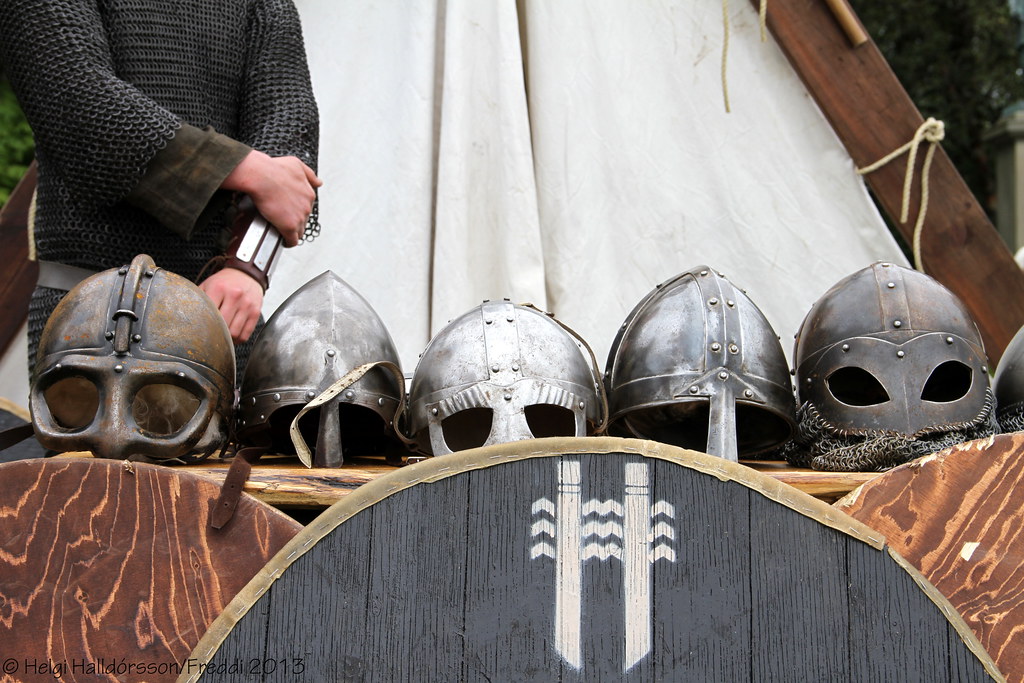
Participating in Viking reenactment events can be a rewarding and enriching experience. It provides the opportunity to learn about history, culture, and craftsmanship, as well as to make new friends and connections. By putting together an accurate and authentic Viking reenactment kit, you can fully immerse yourself in the world of the Vikings and bring their fascinating culture and history to life.
Conclusion: Embrace the World of Viking Reenactment
In conclusion, assembling a Viking reenactment kit can be a fun and rewarding way to explore the fascinating world of Viking culture and history. By including historically accurate clothing, accessories, and weapons in your kit, you can fully immerse yourself in the world of the Vikings and gain a deeper appreciation for their way of life.
Throughout this article, we have discussed the different components of a Viking reenactment kit, including clothing, accessories, and weapons. We have also provided tips for beginners on how to assemble their own kit and highlighted the importance of balancing authenticity with practicality and affordability.
Ultimately, participating in Viking reenactment events provides a unique opportunity to learn about history, culture, and craftsmanship. It allows you to step back in time and experience the world of the Vikings firsthand. Whether you are interested in Viking history, medieval combat, or simply love the idea of dressing up in historical garb, there is something for everyone in the world of Viking reenactment.
So, embrace the world of Viking reenactment and create your own unique kit based on your interests and preferences. With a little research, dedication, and creativity, you can become a part of this vibrant and exciting community and gain a deeper appreciation for the rich history and culture of the Vikings.